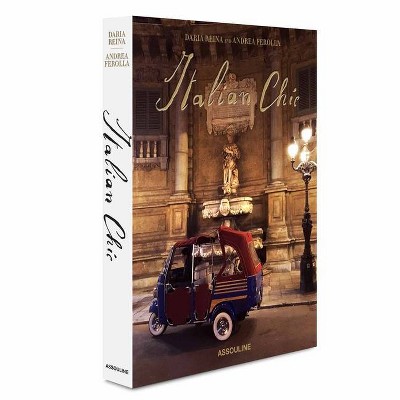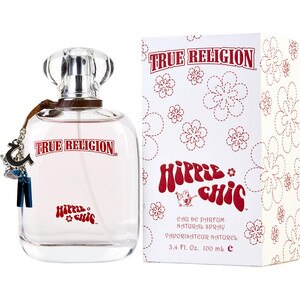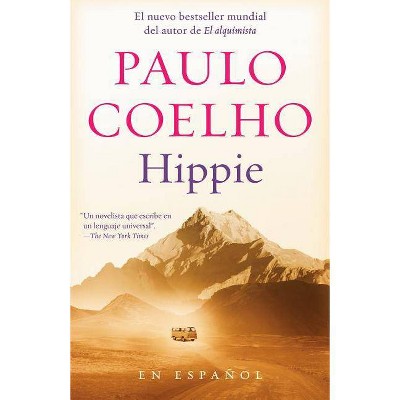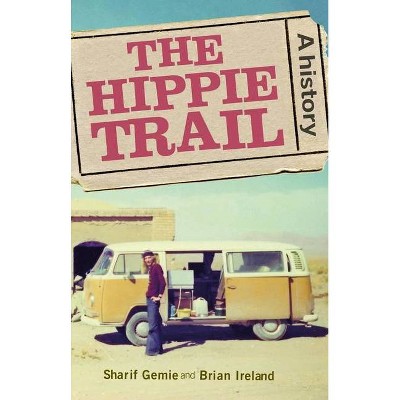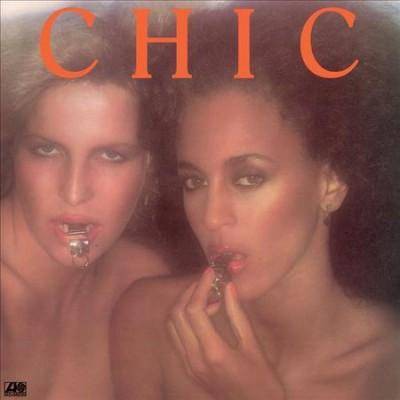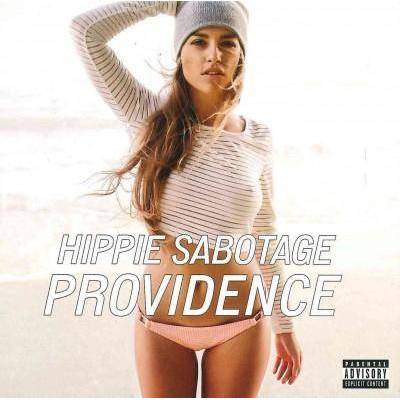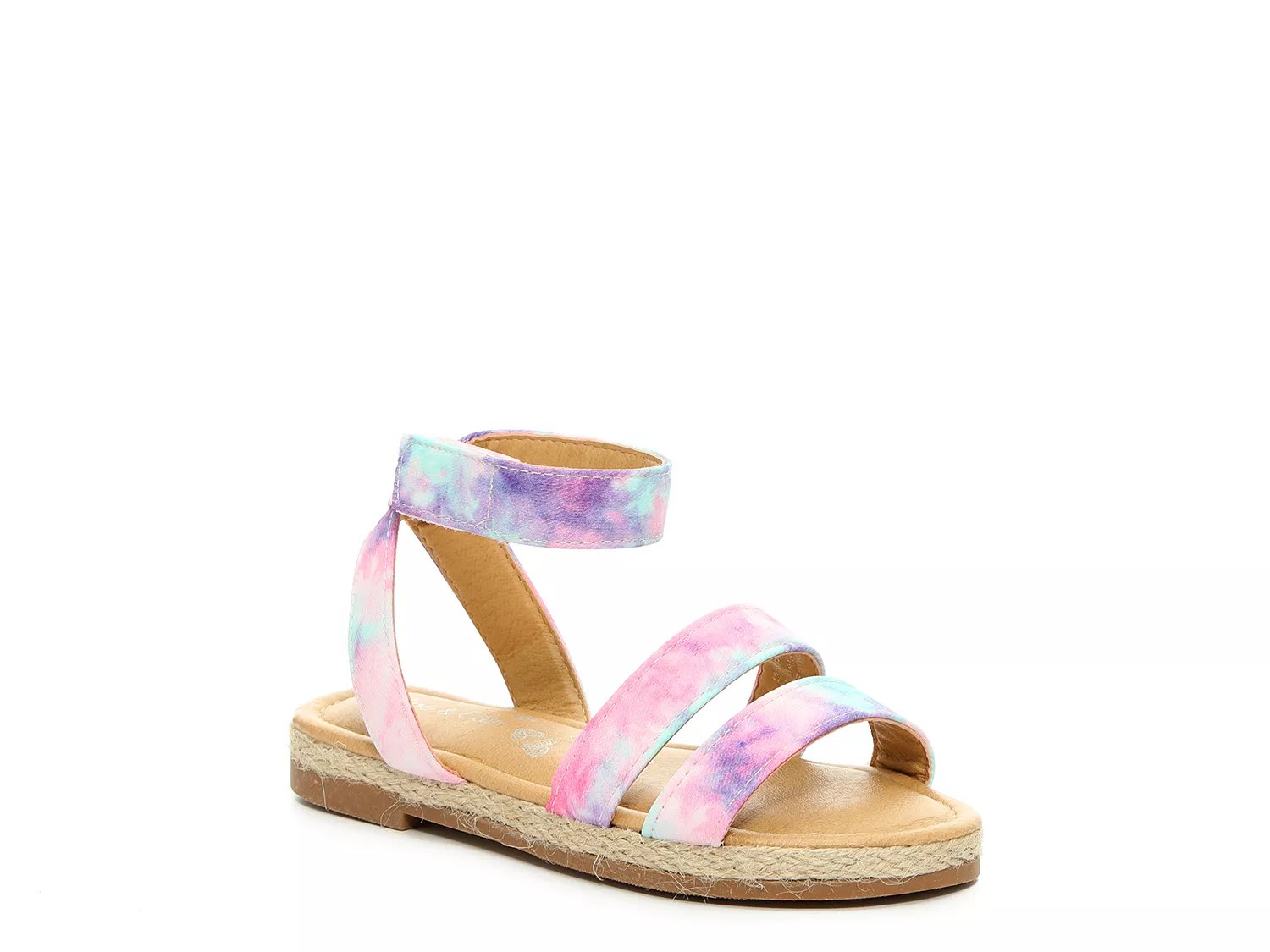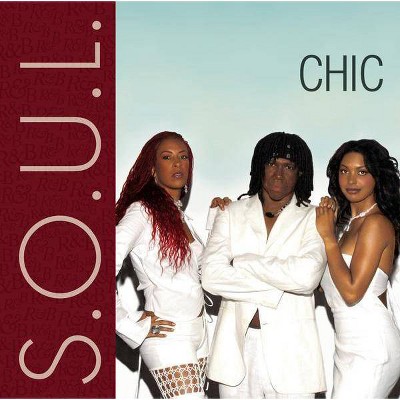Hippie Chic - (Hardcover)
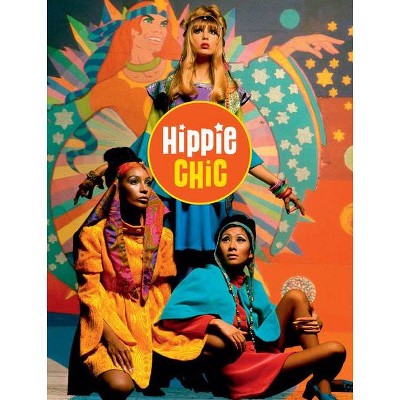
Similar Products
Products of same category from the store
AllProduct info
<p/><br></br><p><b> Book Synopsis </b></p></br></br>The 1960s saw a revolution in fashion that was born, like most things new and hip in that era, of youth rebellion in the streets. For the first time, designers didn't dictate the trends. Instead, the latest looks trickled up into the top fashion houses (Halston and Yves Saint Laurent among them), by way of bohemian boutiques and avant-garde labels with names like Granny Takes a Trip and Cosmic Couture, and musicians like the Beatles, Janis Joplin and Jimi Hendrix. Defying easy definition but becoming an international phenomenon all the same, hippie fashion twisted and turned from trippy to retro and crafty to ethnic. The accompanying idea that one can express a personal style with clothing went against everything about the previous generation's notion of matching suits or ladylike ensembles dictated by social class or profession. Sumptuous photography, dynamic design, and far-out images from the era make <i>Hippie Chic </i>a must-have book that goes past peace signs and patchouli to unearth how hippies forever changed the way fashion functions.<p/><br></br><p><b> Review Quotes </b></p></br></br><br>For some, hippie style is the opposite of chic, associated with messiness, the rejection of high fashion ideals, and over-the-top combinations of colors and fabrics. But in this companion book to an exhibition of the same name, Boston Museum of Fine Arts curator Whitley makes a compelling case for hippie chic. The book focuses on the work of big-name and lesser-known designers who translated the ideals and aesthetics of the hippie movement into delightfully wild fashion. Whitley's analysis relies on primary sources such as photographs, copy from fashion magazines, newspaper articles, and the garments themselves to get to the heart of what hippie fashion really meant in the late 1960s and early 1970s. The author identifies five key concepts and gives each its own chapter: Trippy Hippie (psychedelic fashion); Fantasy Hippie (looks inspired by the distant past); Retro Hippie (1920s-40s influence); Ethnic Hippie (fascination with non-Western cultures); and Craft Hippie (interest in homemade and handmade techniques). The result is informative and visually enchanting. The book includes a catalogue checklist with details on all the garments included in the exhibition. Summing Up: Recommended. Lower-division undergraduates and above; general readers.--C.E. Berg "CHOICE"<br>
Price History
Price Archive shows prices from various stores, lets you see history and find the cheapest. There is no actual sale on the website. For all support, inquiry and suggestion messages communication@pricearchive.us
